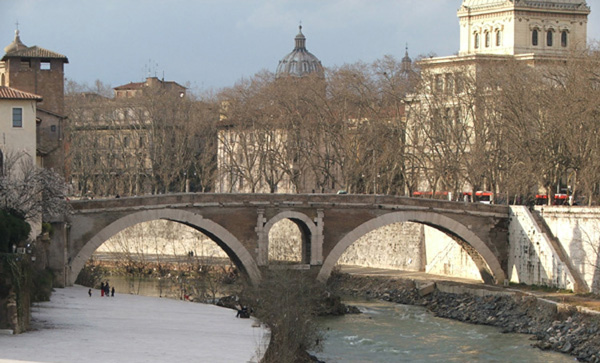
Katherine W. Rinne, "Hydraulic Infrastructure and Urbanism in Early Modern Rome", in Papers of the British School at Rome, 73 (2005), 199-232.
Abstract
Between 1570 and the 1620s Rome was transformed from an essentially medieval city into a baroque one. During this period popes, cardinals, and other influential citizens restored ancient aqueducts and built new fountains with the intent of using water infrastructure as a tool to return Rome to its antique grandeur, solidify papal prestige, shift existing settlement patterns, stimulate economic development, and improve public health. Three gravity-flow aqueducts were built to serve Rome: the Acqua Vergine (1562-1570), Acqua Felice (1585-1587), and Acqua Paola (1607-1612). Each tapped ancient sources and combined partially restored ancient routes with new construction, and each served a particular watershed area. After a thousand years of finite resources Rome was now awash with pure drinking water and by the 1620’s there were nearly ninety new public fountains.
In this article, I demonstrate how urban development was optimized in areas where water could be delivered. The fountains are examined topographically, socially, technologically and contextually; that is, where they were sited and why, who sponsored them and who they served, how they worked, and where they fit within Roman urban water infrastructure as a whole. I demonstrate that the fountains (the most widely studied features of the baroque water system) were far more than urban ornaments, but were actually the most visually prominent features of a new, although largely hidden, physical order, built upon an integrated water infrastructure system that included aqueducts, conduits, distribution tanks, and sewers, all of which are discussed here. This order existed at the scale of the neighborhood and of the city, as water infrastructure provided an armature to organize, and effectively control public space, perhaps for the first time since antiquity. The political, economic, and social implications of this physical order were profoundly resonant in early modern Rome, and the principles evident in this discussion are applicable in the development of new theories of infrastructural urbanism.

Ponte Fabricio, Rome. Copyright, Katherine Rinne, 2005